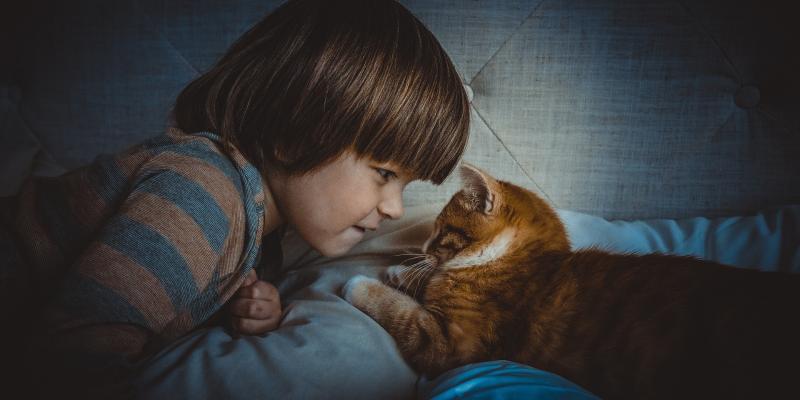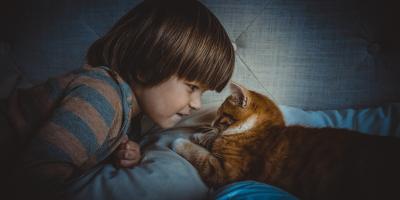Nowadays, Poles keep many exotic animals at home, but the most popular are still cats and dogs.
Thanks to their being at home, children can learn a lot; however, it requires a lot of responsibility and effort.
When living with a pet you need to be aware of the risk of parasitic diseases, allergy or bites. It is also harder to maintain cleanliness.
Bites
According to Jolanta Nowak, the Deputy Director of the Centre for Podiatry and Oncology in Chorzów, one of the more common and dangerous effects of contact between children and animal is bites.
“Such cases are treated in our hospital on a regular basis. Usually children are attacked by somebody else’s dogs, but often this will be own dog or a dog otherwise known to the child. The main reason for these events is the irresponsibility of parents and dogs’ owners" the paediatrician observes.
The doctor notes that bite wounds heal with difficulty. Additionally there is the risk of rabies infection. “However, if a dog has an owner and we know that it has been vaccinated, an inspection under the eye of a veterinarian will do," Nowak explains.
In theory, you can also get infected with rabies also from a cat, but if the pet never leaves the house, the risk is virtually non-existent. However, it is dangerous to be bitten by a stray cat.
“Children should not stroke such cats – a healthy cat in such a situation runs away, a sick one attacks," says the paediatrician.
She reminds us that animals should be treated with limited trust and from the earliest years we should teach our children to behave in this way. Moreover, it is worth knowing what kind of behaviour is disliked by animals and teach our children to avoid those.
Allergies
Children might also be allergic to fur or protein contained in dog and cat saliva. “The scenarios are various – sometimes the allergy appears six months after a pet is adopted. Sometimes, if the exposure is gradual, with intervals – for instance visits to grandparents who have a dog or a cat – then every time the symptoms are weaker and weaker," the paediatrician says.
The most common symptoms are running eyes and nose, and mild coughing. There are skin or blood tests which can be carried out to determine whether the child has an allergy.
“I am familiar with cases of allergy sufferers with mild symptoms who do not give the pet up, but take oral and locally effective medicine. You might also employ desensitisation to an allergen. Only in severe cases is it necessary to give the pet away," says the paediatrician.
Parasites
Animals can be a cause of parasite infections. That is why it is crucial to observe the principles of hygiene after having contact with animals, especially washing the hands thoroughly and frequently. Moreover, parents ought to be vigilant during their child’s play in the sandbox, where animal excrements may be.
One of the diseases coming from animals is toxoplasmosis, very dangerous to women carrying a child.
“I’ve seen cases of congenital toxoplasmosis in newborns, and they were very severe. But such cases are rare," the paediatrician explains.
Neurological disorders can be a consequence of congenital toxoplasmosis, such as cerebral palsy or cerebral palsy with ocular defects, for instance squint or short-sightedness.
“However, women who have cats at home either had this infection earlier with symptoms of a mild cold, or have healthy animals. Cats can be easily tested for this disease anyway," the paediatrician reassures.
Equally dangerous are cases of roundworm infection. You become infected by ingesting the eggs of the worm. “Nonetheless, these are also extremely rare," Jolanta Nowak emphasises.




Comments (0)